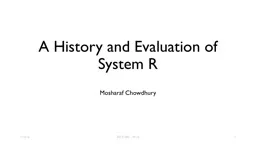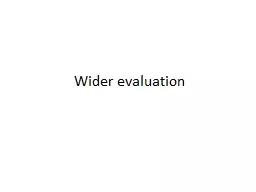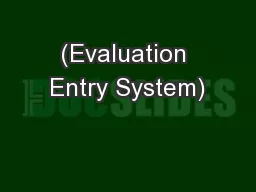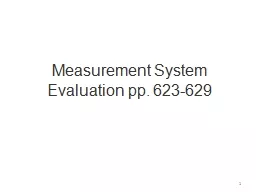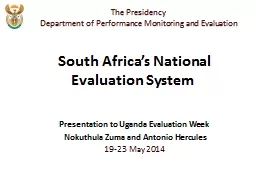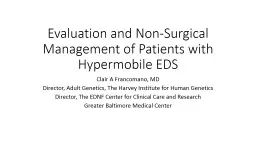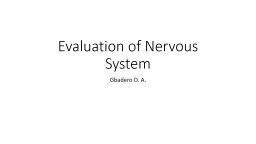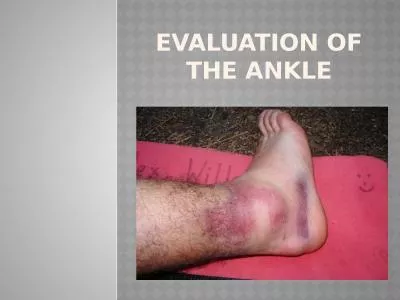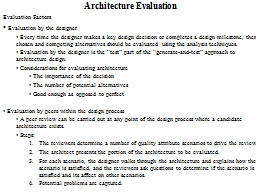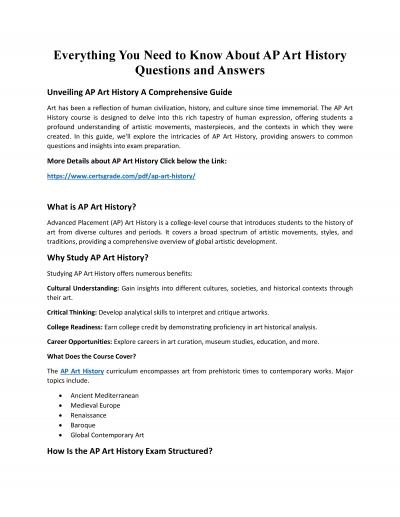PPT-A History and Evaluation of System R
Author : sherrill-nordquist | Published Date : 2017-06-25
Mosharaf Chowdhury EECS 582 W16 1 11316 Navigational Database Model Records and objects are found by following links or references from other objects Imperative
Presentation Embed Code
Download Presentation
Download Presentation The PPT/PDF document "A History and Evaluation of System R" is the property of its rightful owner. Permission is granted to download and print the materials on this website for personal, non-commercial use only, and to display it on your personal computer provided you do not modify the materials and that you retain all copyright notices contained in the materials. By downloading content from our website, you accept the terms of this agreement.
A History and Evaluation of System R: Transcript
Download Rules Of Document
"A History and Evaluation of System R"The content belongs to its owner. You may download and print it for personal use, without modification, and keep all copyright notices. By downloading, you agree to these terms.
Related Documents

